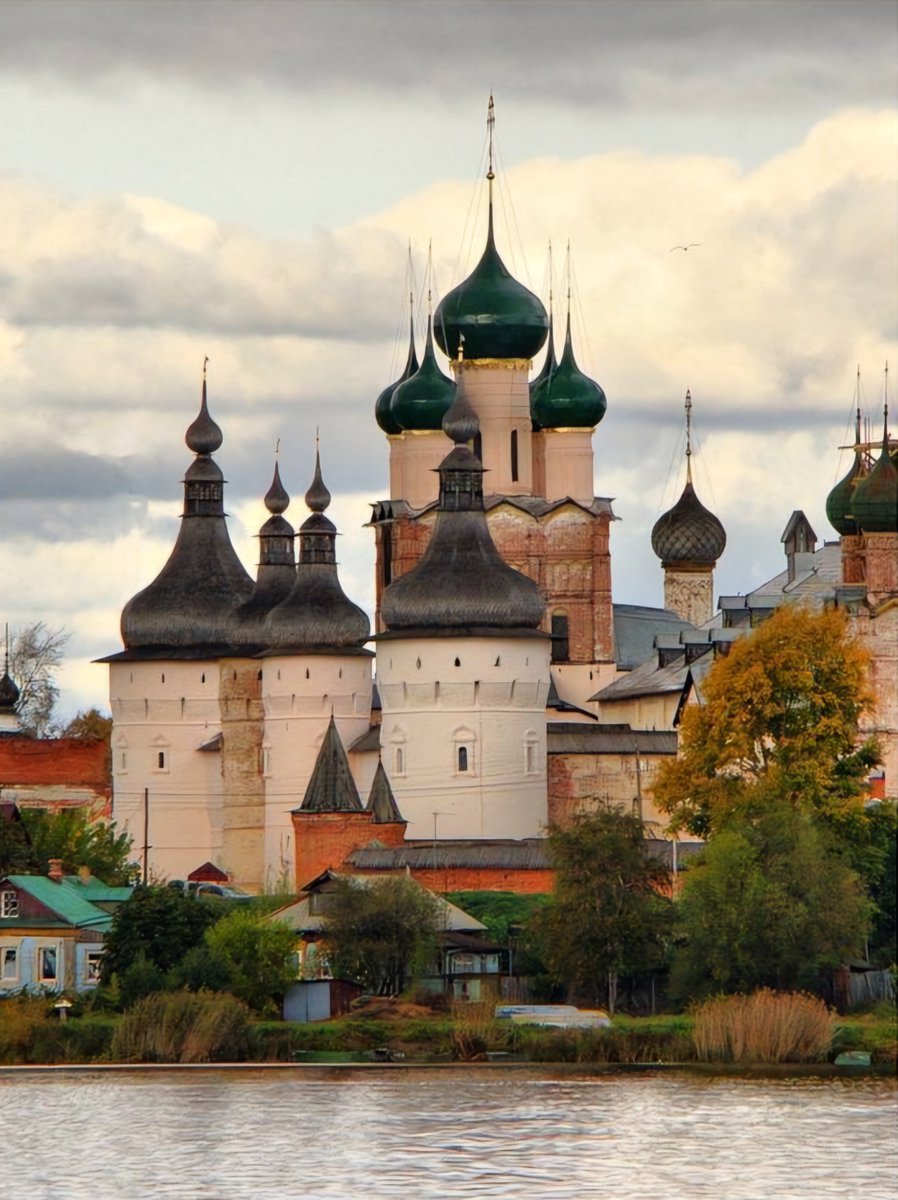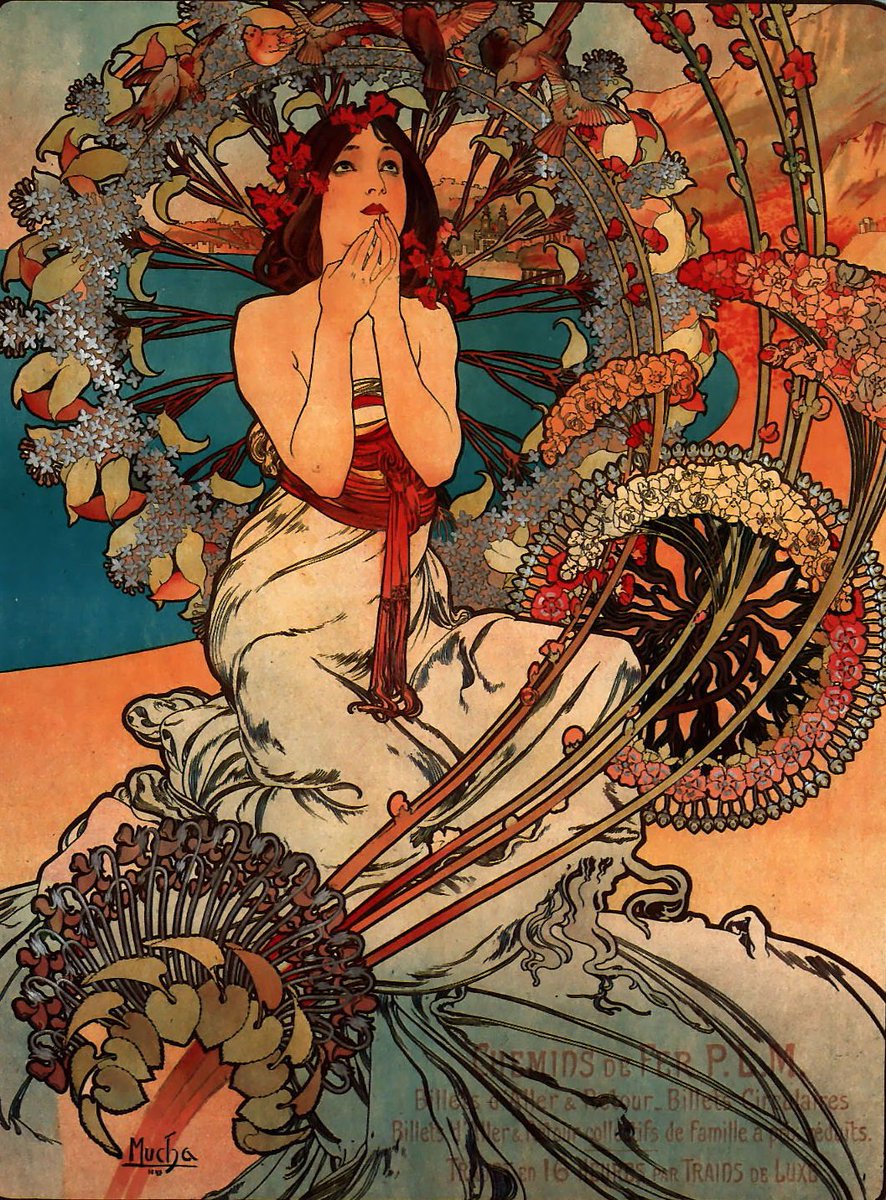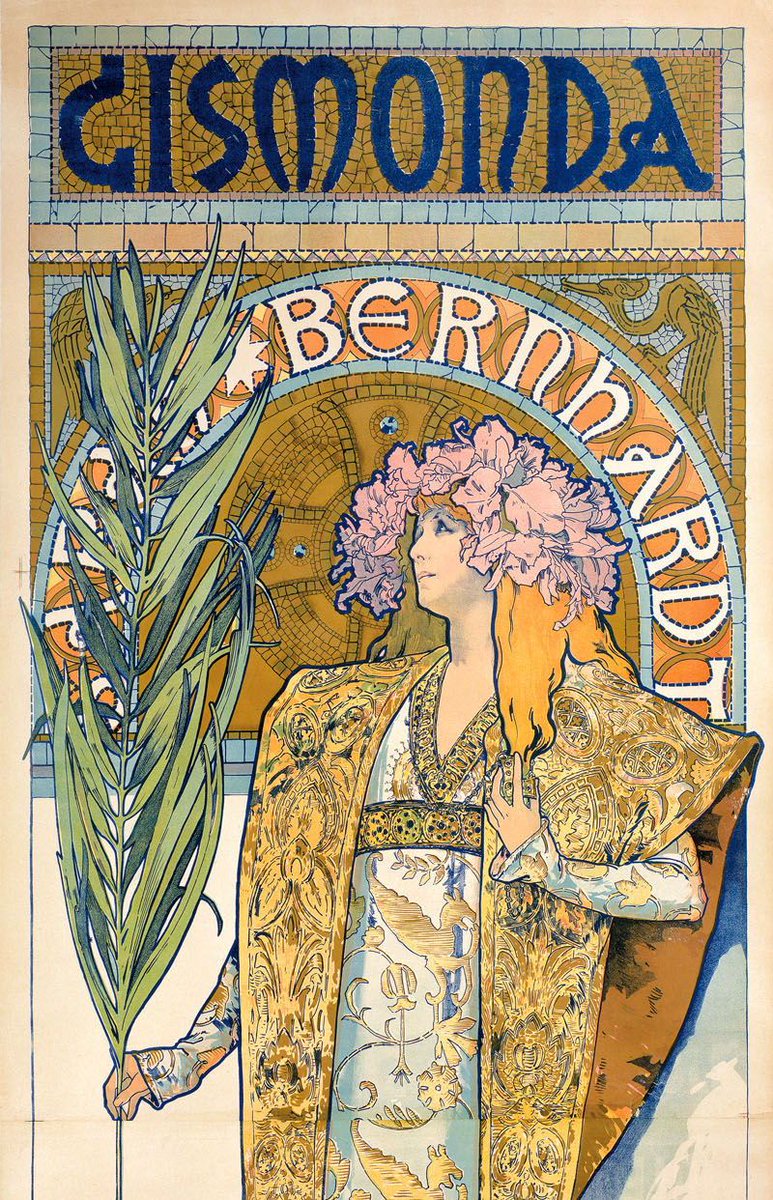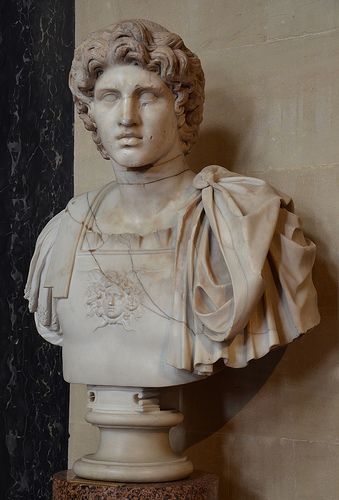These churches are more than just
places of worship; they're
architectural wonders. A thread 🧵
1. Ascension Cathedral in Almaty, Kazakhstan
places of worship; they're
architectural wonders. A thread 🧵
1. Ascension Cathedral in Almaty, Kazakhstan
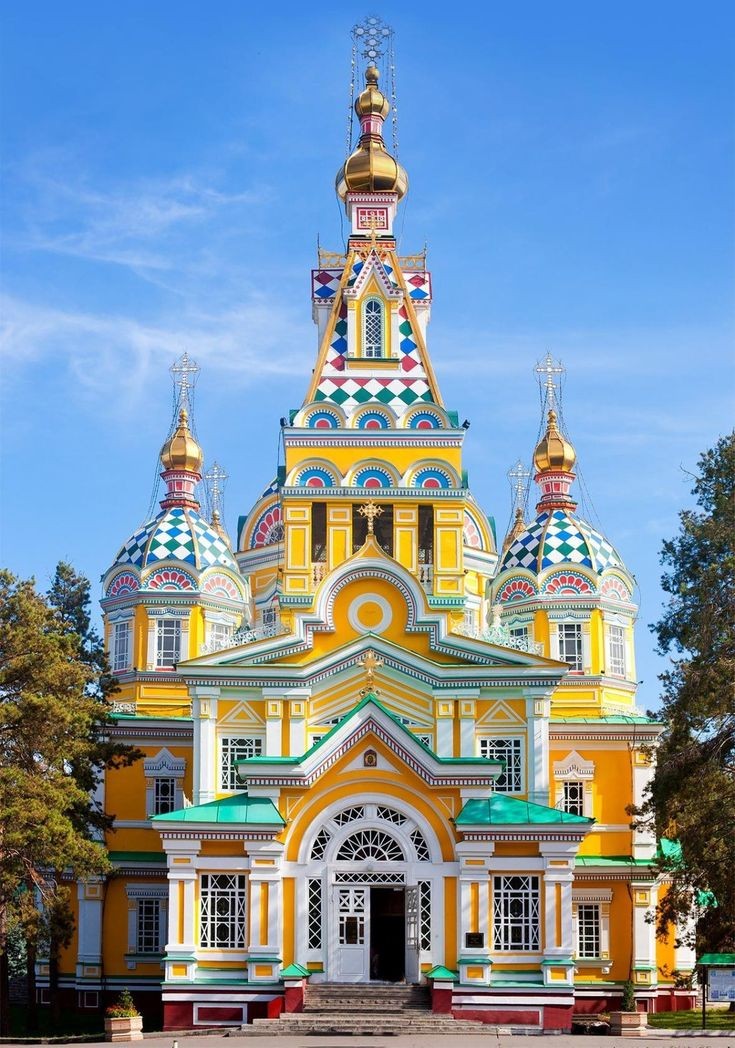
If you've enjoyed this thread, please share the post below to extend its reach and don't forget to comment on your favorite structure! Thank you for your support 🤍
https://twitter.com/21xsara/status/1783467237267099909?t=Y1TJqPnx6Qux1Xa8FfgkbA&s=19
• • •
Missing some Tweet in this thread? You can try to
force a refresh















